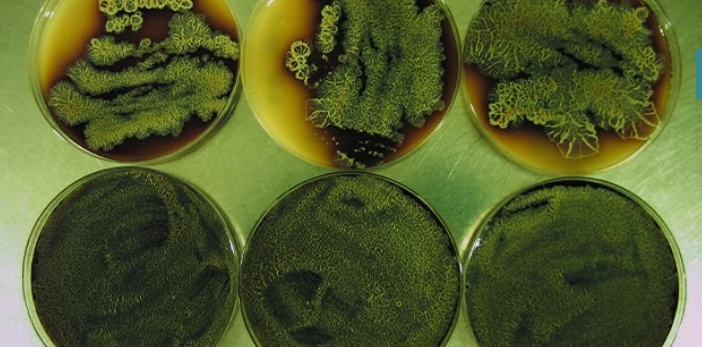What is strain development in microbiology?
Strain development in microbiology refers to the process of modifying microorganisms to enhance their desired traits for various applications. This involves genetic manipulation techniques to introduce specific genetic changes in the microbial genome.
The main objectives of strain development are to improve the production of valuable compounds, such as pharmaceuticals, biofuels, enzymes, or industrial chemicals, and to optimize the performance of microorganisms in various bioprocesses. This can be achieved through several approaches, including:
Genetic engineering: This involves the introduction of exogenous genes or modification of endogenous genes to alter the metabolic pathways of microorganisms. This can lead to increased production of desired products, enhanced substrate utilization, or improved tolerance to harsh process conditions.
Random mutagenesis: Mutations can be induced in the microbial genome using chemical agents or radiation. By screening large populations of mutated strains, researchers can identify individuals with favorable traits, such as increased product yield or improved growth characteristics.
Directed evolution: This approach involves generating genetic diversity through methods like mutagenesis or DNA shuffling and subjecting the population to selective pressures to obtain strains with desired properties. This iterative process of mutation and selection allows microorganisms to adapt and evolve towards a specific goal.
Metabolic engineering: This focuses on the rational redesign of metabolic pathways to optimize the production of a desired compound. By manipulating the expression levels of enzymes, genetic regulation, and carbon flux, researchers can redirect metabolic pathways to favor the synthesis of specific products.
Strain development in microbiology plays a crucial role in various industries, including pharmaceuticals, biotechnology, agriculture, and environmental bioremediation. It enables the production of high-value products, reduces production costs, and contributes to sustainable and environmentally friendly processes.
How to develop strains?
Random mutagenesis: This method involves exposing the microbial strain to mutagens such as chemicals or radiation, which induce random genetic changes in the organism's DNA. The mutated strains are then screened for desired characteristics or phenotypes.
Directed evolution: This method involves subjecting the microbial strain to a combination of mutagenesis and selection. Mutations are introduced into the organism's DNA, and variants of the strain with desired traits are selected through screening or directed selection techniques.
Genetic engineering: This method involves the direct manipulation of the microbial strain's genetic material. Specific genes can be added, deleted, or modified using techniques such as gene insertion, gene knockout, or gene editing tools like CRISPR-Cas9.
Recombinant DNA technology: This method involves the transfer of genes or DNA fragments from one organism to another. This can be achieved through techniques like cloning, transformation, or transfection, allowing the microbial strain to express new proteins, and metabolites, or perform specific functions.
Metabolic engineering: This method involves modifying the metabolic pathways of the microbial strain to enhance the production of a desired product or to increase the efficiency of specific metabolic processes. This can be achieved by manipulating the expression of genes involved in the metabolic pathways or introducing new genes.
Adaptive laboratory evolution: This method involves continuously culturing the microbial strain under specific conditions, allowing it to naturally adapt and evolve over time. This process selects variants with improved characteristics suitable for the desired conditions.
These methods of strain development are continually advancing with the development of new tools and techniques in microbiology and genetic engineering, allowing researchers to tailor microbial strains for various applications such as biotechnology, pharmaceutical production, biofuel production, and environmental remediation.


No comments yet